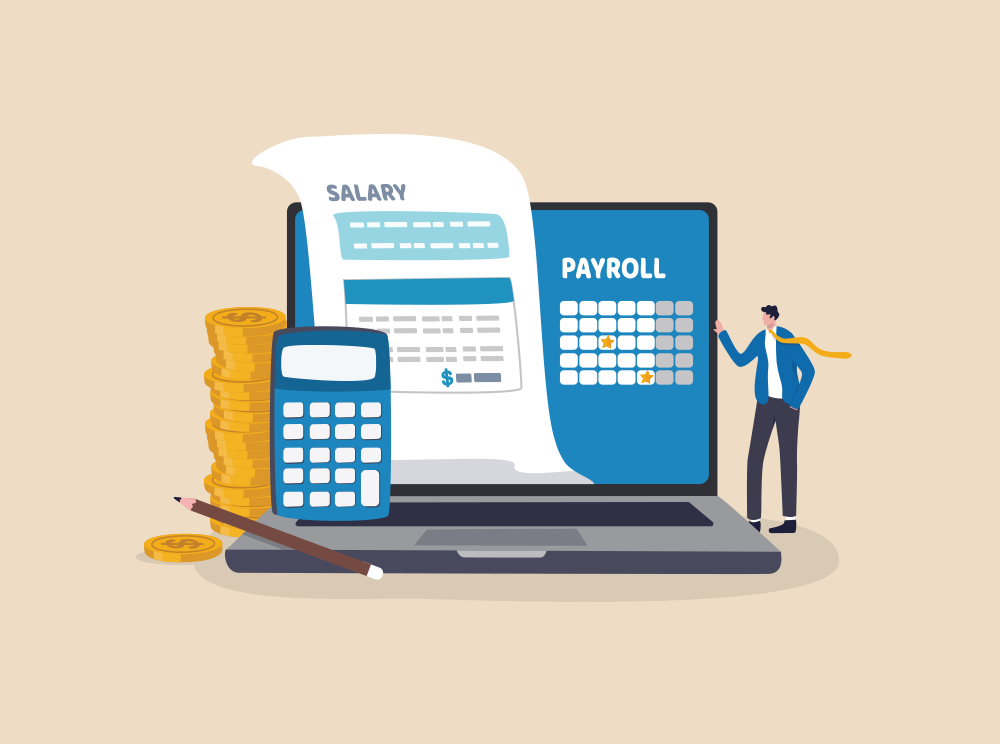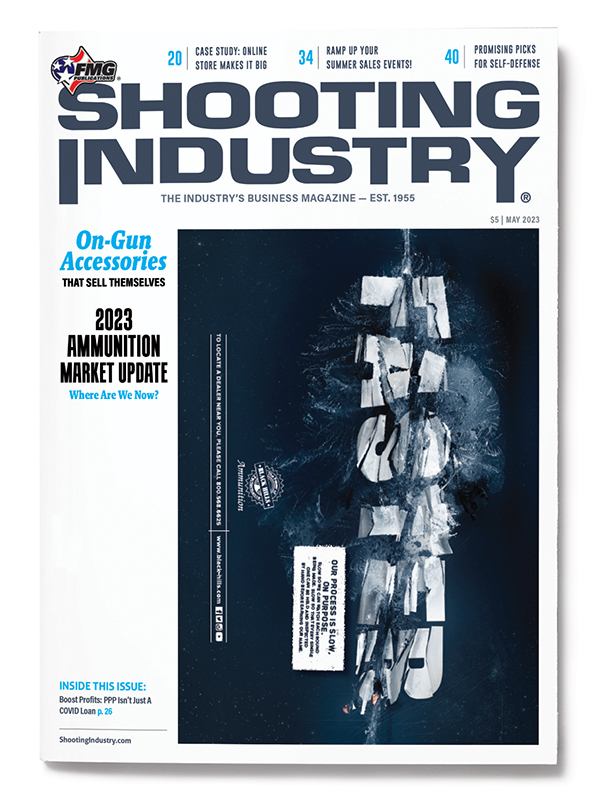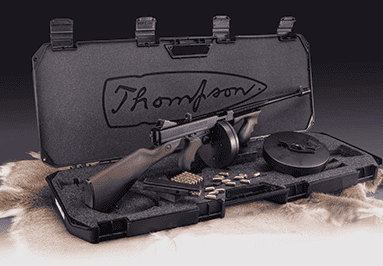Boost Profits: PPP Isn’t Just A COVID Loan
Looking back to that fateful period of the “not to be named virus of unexplained origin,” we saw the government step in with PPP (Paycheck Protection Program) loans to help businesses keep up with payroll expenses. It was a great help to many during those harsh times, but today we’re seeing a far different “PPP” strike many businesses — and in this case it might just be a painful reality for an unsuspecting business if ignored.
What am I referring to? In this case PPP stands for Payroll, Profits and Performance. In the past 18 months, we’ve seen retail sales suffer and constrict under the current economic pressures. Higher energy expenses, inflation and cost of living spikes, among others, have seen the consumer public spending less money and spending it less often.
Today, many retail establishments are competing on price once again. Specific to the firearm industry, it’s apparent pricing of goods in our industry is heading back to pre-2020 margins. Business expenses, and not just payroll, have increased substantially since then.
In my last article (“When Storms Bring Opportunity,” Feb. 2023) we broached this topic at length, but here we’re going to dig deep and explore this evolution in the industry and how to come through this “perfect storm” the better for it. So get a pen and paper, fire up your point-of-sale (POS) system and let’s get down to business!
First Up: Payroll
In today’s environment, we need to get a handle on payroll expenses and how they impact our profit margins. All too often, I’ll get an unsolicited call from a desperate retailer asking me to help pull their business out of a nosedive. When asked some general questions about their business, the conversation often goes something like this:
Me: “I hear your business is struggling right now to post profits, but tell me a bit more about how much in sales did you did last year and how much profit you produced.”
Retailer: “Over our last 12 months we posted about $3 million in sales, but we’re still having to inject thousands of dollars a month out of our own pocket into the business just to make payroll. Our ability to keep cash on hand to buy new inventory is suffering for it. At this pace I won’t have enough money to keep the business going in six months. What are we doing wrong?”
The details may be different but the same core message always comes through: “We’re working hard, but at the end of the day there’s no money in the checking account.”
So, what is the situation at hand here? Where are they going wrong? They seem to be doing a fair amount of business, so why are they suffering so much? In my experience, more times than not the largest factor comes down to payroll expenses. When you’re living in a retail ecosystem that, depending on the products and services you supply squarely, produces anywhere from 25%–40% profit margins and you’re eating up most of it with payroll, there’s nothing left on the table to keep the business viable.
A high level of customer service is more important now than ever but there comes a point where too much is a bad thing. A phrase clients will often hear: “The first rule of good customer service is ‘being open for business’ because if you aren’t open, you can’t give any customer service at all!”
When you’re living in a retail ecosystem that — depending on the products and services you supply squarely — produces anywhere from 25%–40% profit margins and you’re eating up most of it with payroll, there’s nothing left on the table to keep the business viable.
Payroll’s Impact On Profits
In one real-world example, a client’s payroll expenses accounted for 38% of their gross revenues. You read that right. For every $100 of revenue the store generated, $38 was leaving as payroll. An organization producing healthy profits with reasonable levels of customer service will have payroll expenses sit somewhere between 12% and 20%, depending on the facility and the services they offer.
For those wondering: To calculate payroll expenses, simply add up your entire payroll expenses for the last 12 months and divide it by the total revenue in the same period and the number will be your payroll percentage. This is a key number every facility should track on a regular basis. If that percentage gets too high, you can kiss profits goodbye.
You already know payroll can be too high, but it also can be too low! There’s no true path to profitability through a workforce reduction. In other words, you cannot “fire” your way to profitability. Eventually you’ll hit the wall at some minimal level of staffing to be able to function as a business. Referencing back to our 12%–20% model, if you find yourself significantly below this range, I’ll wager a bet a quick search online for reviews of your business will see one- and two-star reviews complaining about how long it took for a customer to get service or that your staff was so preoccupied with other tasks they felt like they got a subpar experience.
Strike A Balance With Productivity
So how do we strike the perfect balance of a great customer experience without onboarding too much payroll? It’s where the last of our three Ps come into play — Productivity. This is when your POS system is priceless. Any POS should have the ability to report to you an employee-by-employee breakdown of just how much revenue, profits, products sold and maybe even sales per hour they’re generating. With this data in hand, we can quickly determine who our rock stars and charity cases are.
All too often during an exploration of a struggling business, the bulk of the sales team will not be generating enough profits to even cover their income. It sounds insane this could be the case, but in nearly every store I have worked with there is almost always at least one or two cases of employees in this status. We’re here to be a “for profit business” and not a 501(c)(3) nonprofit charity.
The path to striking that perfect balance is to focus on productivity. The more each employee can produce, the less their effective payroll expense percentage becomes. Seeing as their income is a fixed expense, if we can increase the volume of profitable sales they generate, our payroll expense percentage, by default, will go down.
If your store is generating $1 million in gross revenue per year and your payroll is $250,000, you’re sitting on a 25% payroll percentage — a full five percentage points higher than the desirable range. Without firing anyone, an additional $250,000 in sales volume over the course of a year will reduce the business’s payroll percentage to 20%. Depending on how many employees this represents, it could be as little as $100 per day increase in an individual’s sales performance to hit that mark.
To realize this increase in productivity, it usually takes management to “open up the tool box” and develop their team to have the skills and information they need to boost their productivity. Regular product knowledge training, sales skills training, having quality inventory and making the sales process as efficient as possible are all straightforward ways to develop your team beyond where they are today and on a solid path to producing beyond their expense.
If you can consistently measure your business on Profits (28%-40% range), Payroll (12%-20% range), Productivity (generating profits beyond payroll) and give your team members the skills and tools to succeed, you’ll see a greater profit potential through 2023 and beyond.






